Istanbul stands as a testament to defensive engineering across millennia, with layers of fortifications protecting this strategic crossroads between continents. The city’s ancient walls have witnessed the rise and fall of empires, from Byzantine to Ottoman, while sheltering a metropolis that served as the capital of both Christian and Islamic civilizations. These stone sentinels offer history enthusiasts a tangible connection to the past through their battle-scarred surfaces, architectural innovations, and the stories embedded in their foundations.
Here is a list of 20 remarkable wall structures throughout Istanbul that reveal the city’s complex history of defense, power, and preservation.
Theodosian Walls
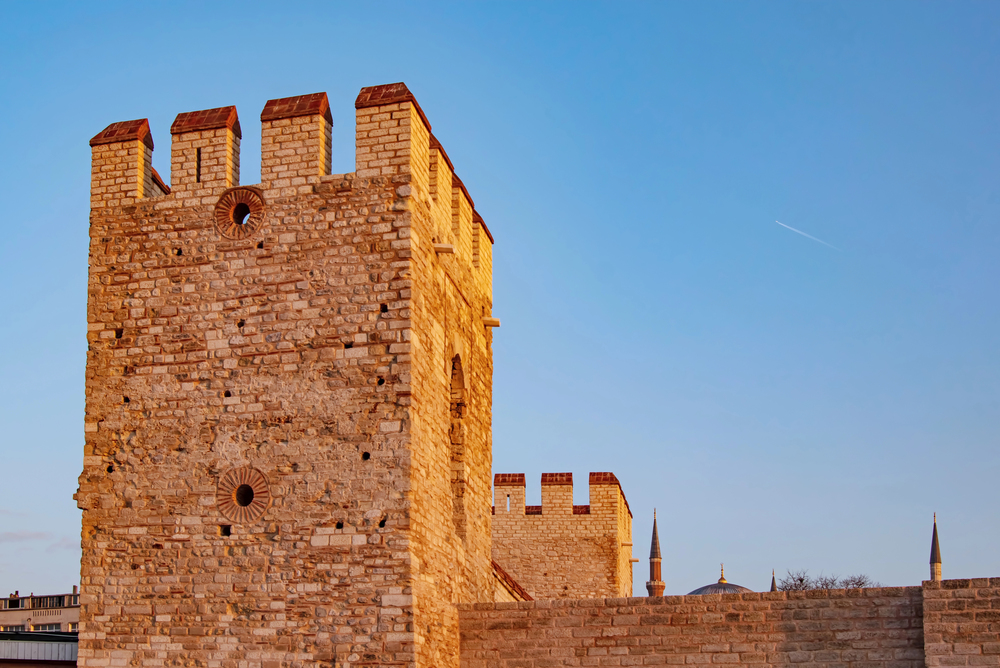
These massive land walls stretching for four miles (6.5 km) from the Sea of Marmara to the Golden Horn represent the most impressive Byzantine fortification system ever constructed. Built during the reign of Emperor Theodosius II in the 5th century, the triple-layered defenses—featuring a moat, outer wall, and massive inner wall—protected Constantinople for over a millennium, until finally breached by Ottoman cannons in 1453.
Belgrade Gate (Belgradkapı)

This imposing entrance through the Theodosian Walls earned its name from the Serbian craftsmen relocated to repair the walls following the Ottoman conquest. The gate retains elements from multiple historical periods, with Byzantine foundations supporting Ottoman modifications and restoration work from various centuries, creating a physical timeline of the city’s defensive evolution.
Like Travel Pug’s content? Follow us on MSN.
Yedikule Fortress
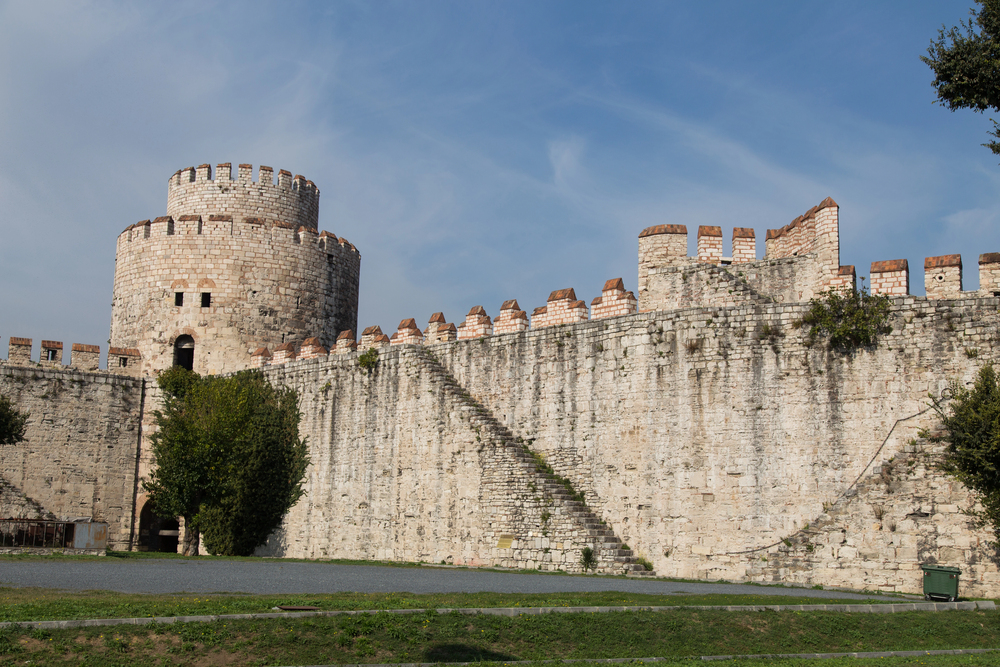
The infamous “Fortress of Seven Towers” incorporated the Theodosian Walls’ Golden Gate into an expanded Ottoman fortification that served variously as a treasury, prison, and execution site. The fortress walls contain graffiti and inscriptions left by diplomatic prisoners held within its chambers, offering glimpses into the experiences of those confined by these imposing stone barriers.
Rumeli Hisarı
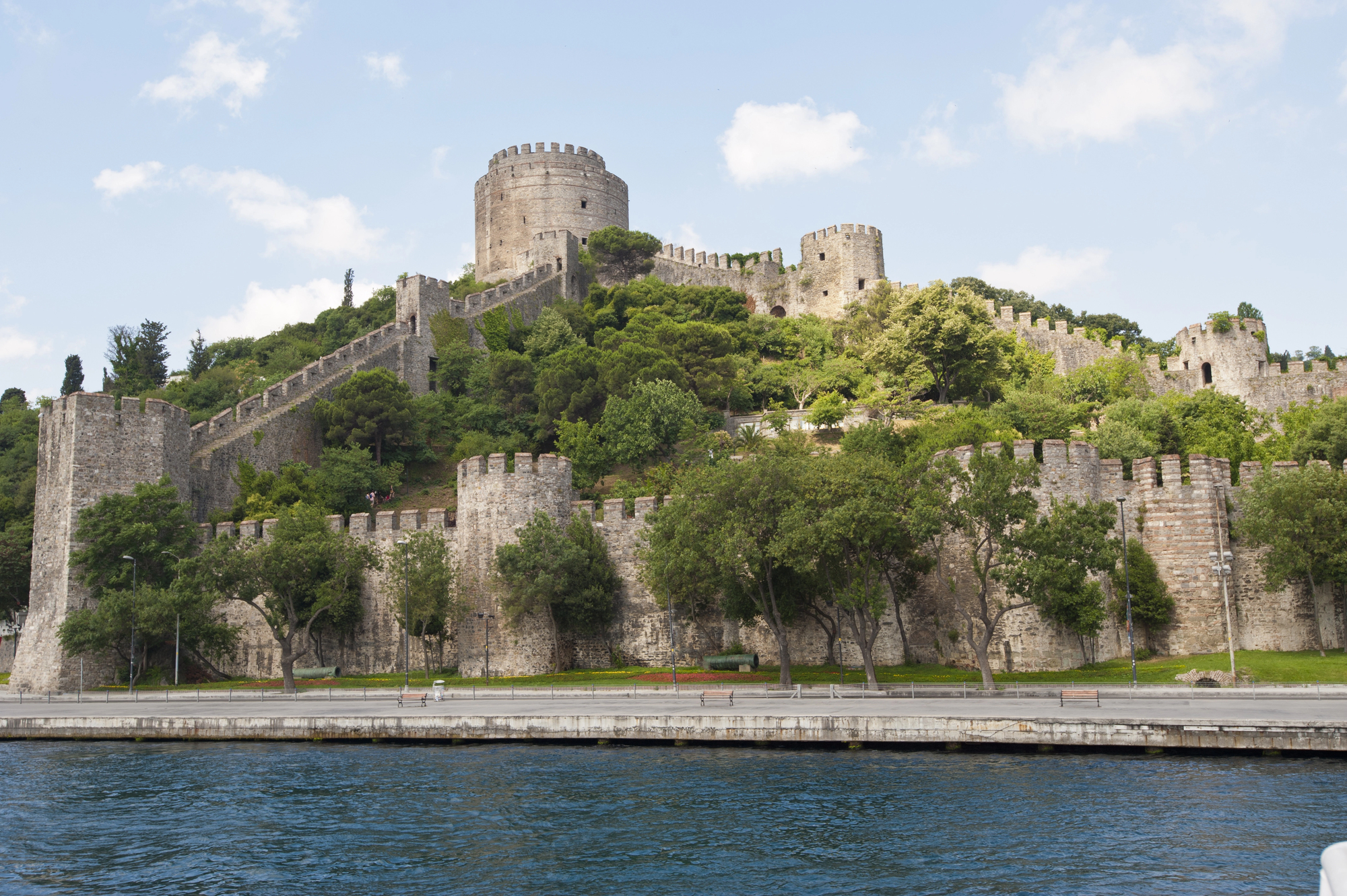
This Ottoman fortress on the European shore of the Bosphorus features massive circular towers connected by curtain walls that climb the steep hillside overlooking the strait’s narrowest point. Constructed in just four months under Mehmed II’s direct supervision, these walls completed the strategic stranglehold on Constantinople by enabling full control of naval traffic to the besieged Byzantine capital.
Anadolu Hisarı
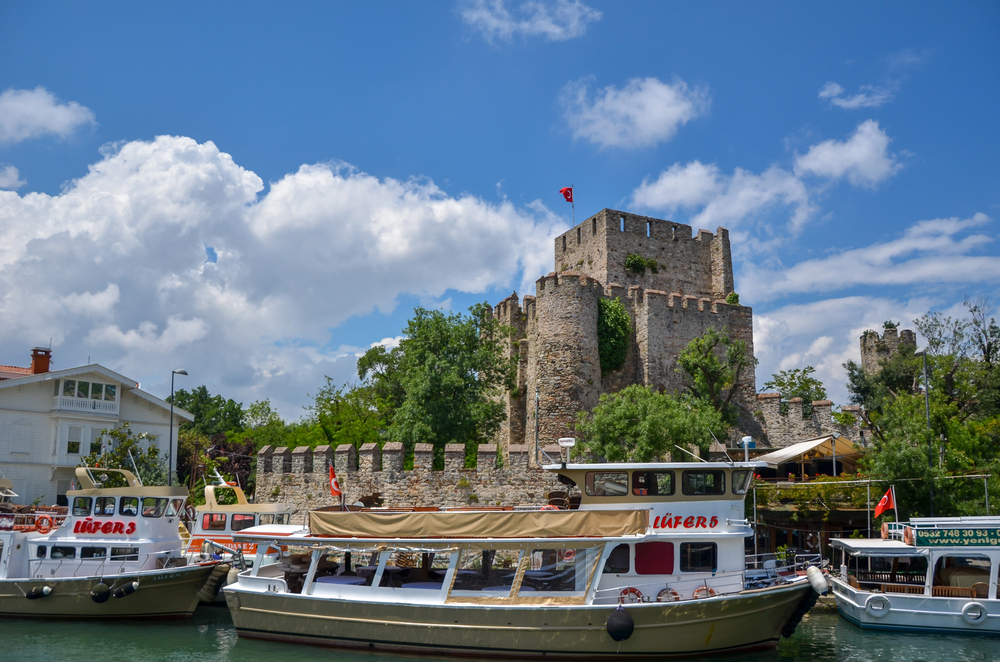
The older, smaller Ottoman fortress on the Asian side of the Bosphorus established the initial foothold for controlling traffic through the strait. Built by Sultan Bayezid I in 1394, nearly 60 years before Rumeli Hisarı, these walls represent the beginning of the Ottoman strategy to isolate Constantinople by dominating both shores of the vital waterway.
Like Travel Pug’s content? Follow us on MSN.
Galata Tower and Walls

The preserved sections of Genoese walls surrounding this iconic tower protected the autonomous trading colony established across the Golden Horn from Constantinople. The tower served as the keystone in a wall system that enclosed the triangular peninsula, separating the European merchant community from the Byzantine capital while providing a commercial gateway between East and West.
Golden Horn Sea Walls
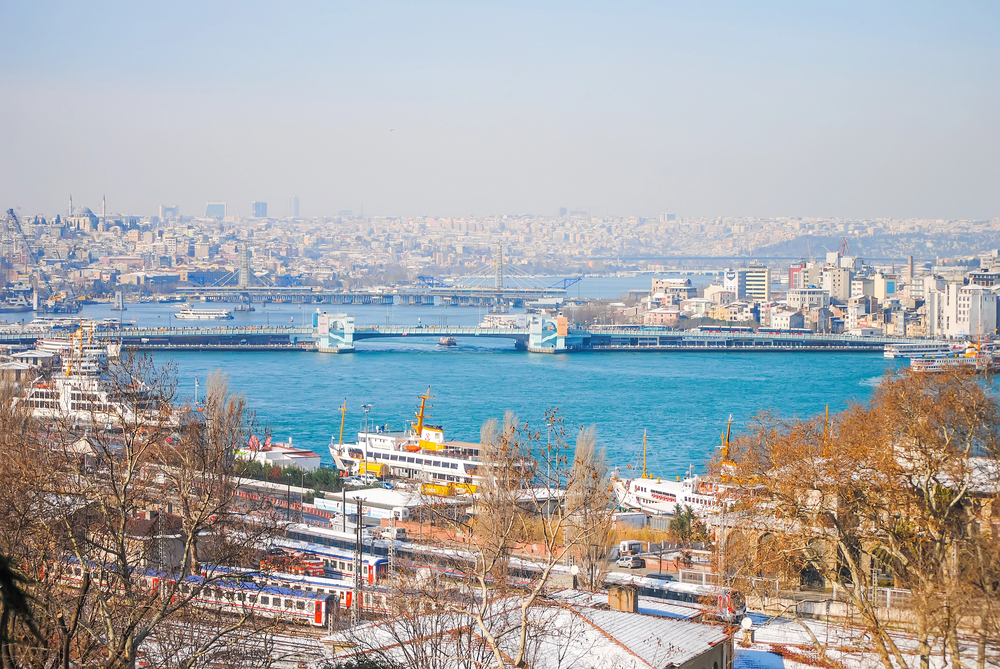
The maritime walls running along Istanbul’s primary harbor provided defense against naval assaults while incorporating specialized gates and docks for controlled commerce and military access. Though less complete than the land walls, substantial sections remain visible along the shoreline, offering insights into how the city managed its crucial relationship with the sea.
Sea of Marmara Walls
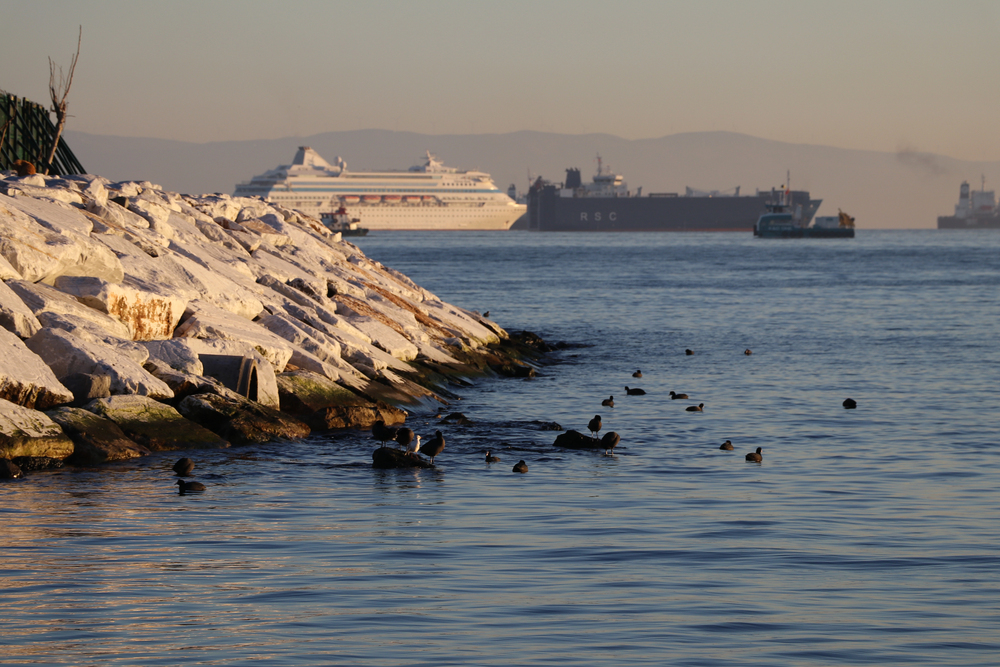
The southern coastal fortifications facing the Sea of Marmara featured a different design from the Golden Horn walls, with adaptations for stronger wave action and deeper water. These walls incorporated existing natural rocky outcrops into their foundations, demonstrating the Byzantine engineers’ skill in adapting defensive structures to varied topographical challenges.
Like Travel Pug’s content? Follow us on MSN.
Blachernae Palace Walls

The specialized fortifications protecting the imperial Byzantine palace complex in the northern section of the city featured distinctive architecture, including the impressive Palace of the Porphyrogenitus (Tekfur Sarayı). These walls incorporated the residence directly into the defensive system, with sections of living quarters built atop and within the massive fortifications themselves.
Topkapı Palace Walls
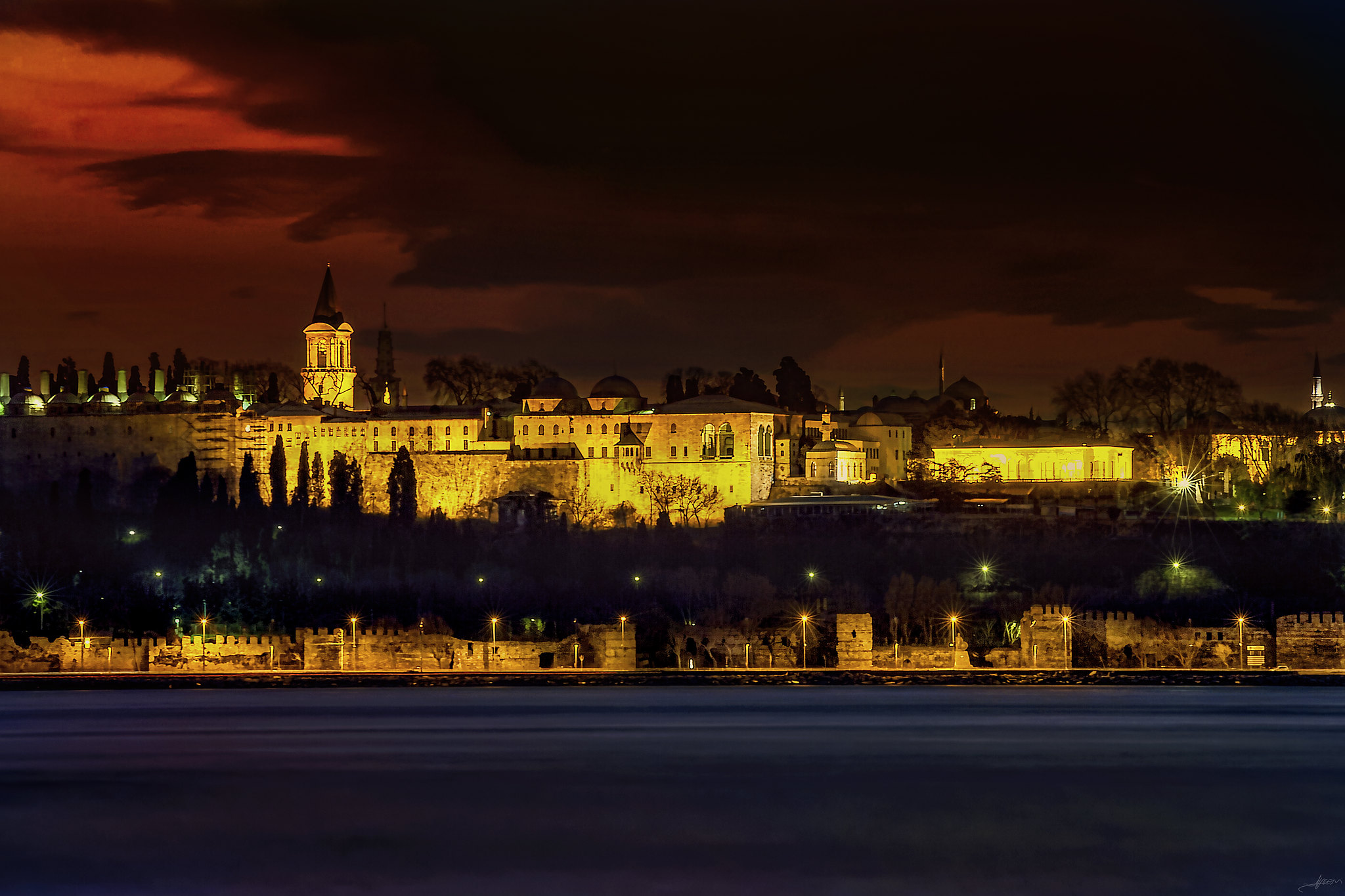
The sprawling Ottoman imperial compound replaced the Byzantine Great Palace as the center of power, surrounding itself with its distinctive crenelated walls and multiple courtyards. Unlike purely defensive structures, these walls served to delineate the sacred space of imperial authority, with elaborately decorated gates controlling passage between increasingly restricted zones of the sultan’s domain.
Constantinople’s Prison of Anemas

Built into the northern section of the Theodosian Walls, this Byzantine prison structure demonstrates how fortifications were adapted for multiple purposes beyond defense. The massive substructures integrated into the wall system provided secure detention spaces while maintaining the integrity of the defensive perimeter, showcasing the multifunctional nature of Byzantine urban planning.
Like Travel Pug’s content? Follow us on MSN.
Basilica Cistern Walls
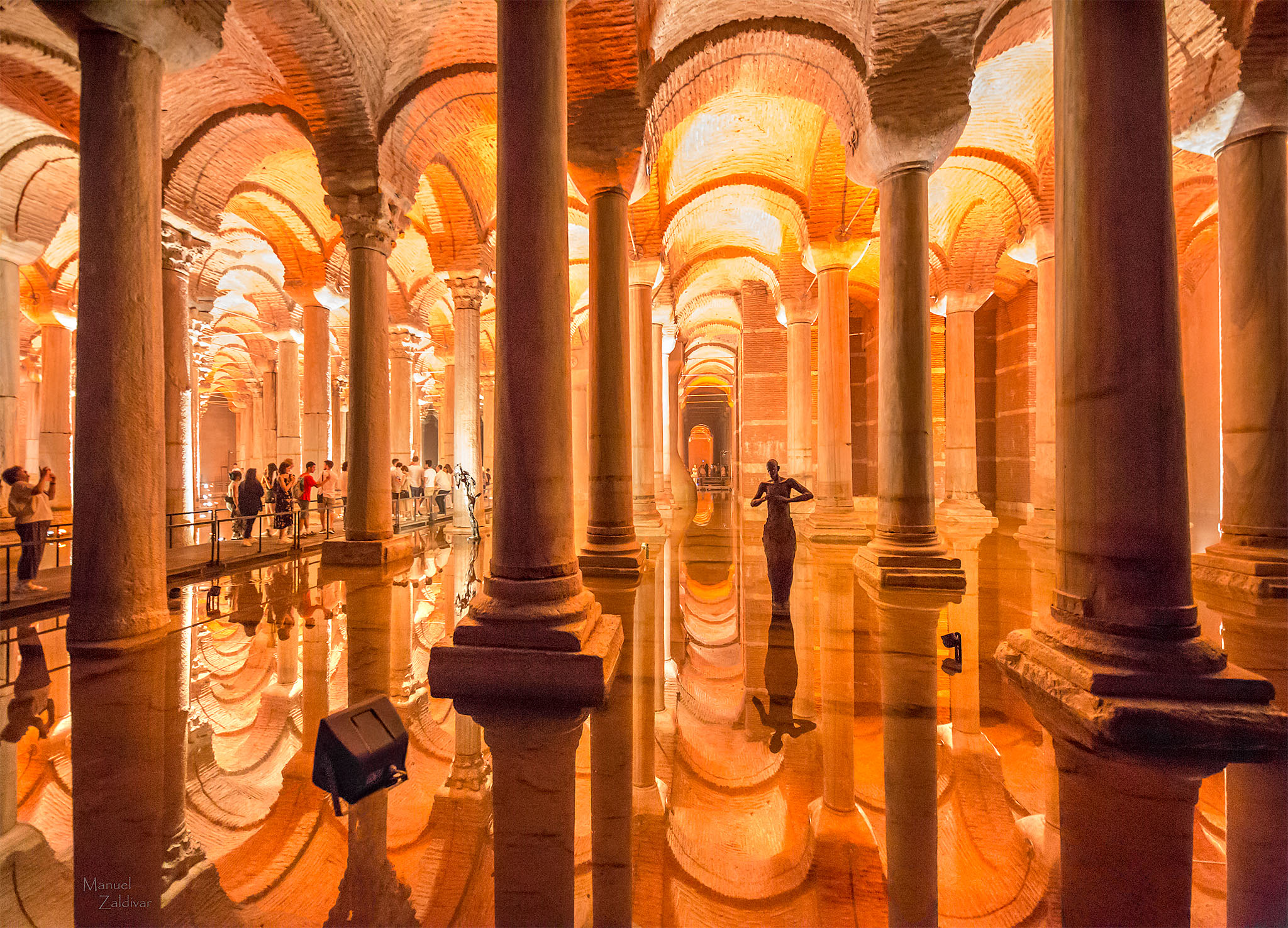
Though subterranean, the walls of this massive water storage facility represent crucial infrastructure that allowed Constantinople to withstand lengthy sieges. The impressive engineering achievement features 336 columns supporting brick walls and vaults sealed with special waterproof mortar, demonstrating how the Byzantines developed integrated systems of walls, both visible and hidden, to protect their capital.
Selymbria Gate (Silivrikapı)
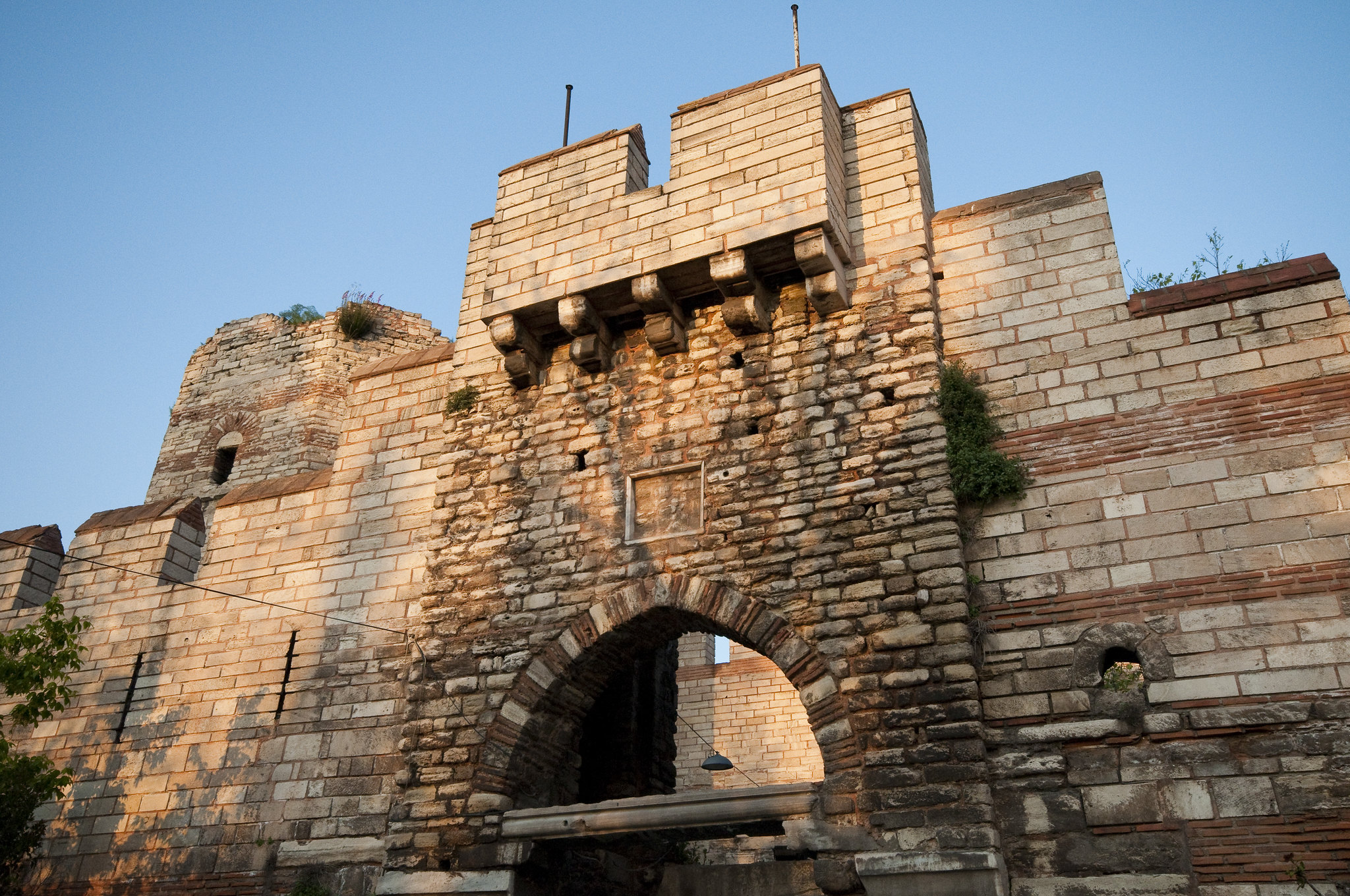
This major entrance through the Theodosian Walls features distinctive brickwork from multiple restoration periods spanning centuries of Byzantine and Ottoman engineering. The gate demonstrates how crucial access points received particular architectural attention, with reinforced towers flanking the passageway and evidence of sophisticated portcullis mechanisms still visible in the stone channels.
Walls of Pera
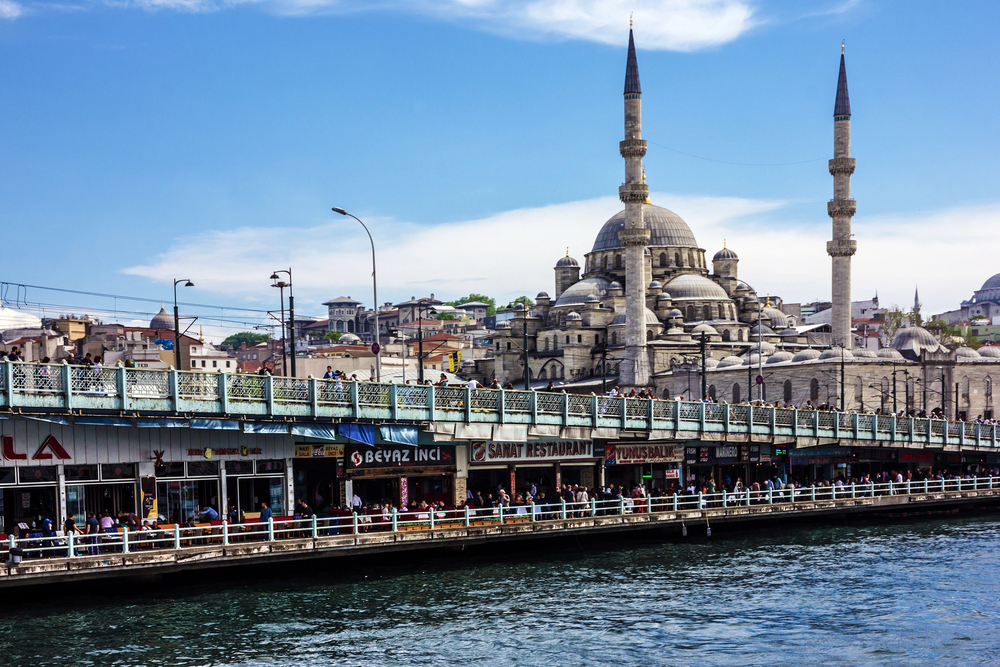
The defensive system protecting the hillside district north of Galata evolved separately from other Istanbul fortifications. Its unique characteristics reflect Genoese rather than Byzantine construction techniques. Though largely demolished during 19th-century modernization, preserved sections display distinctive Italian influences in their stonework and tower design.
Like Travel Pug’s content? Follow us on MSN.
Aqueduct of Valens
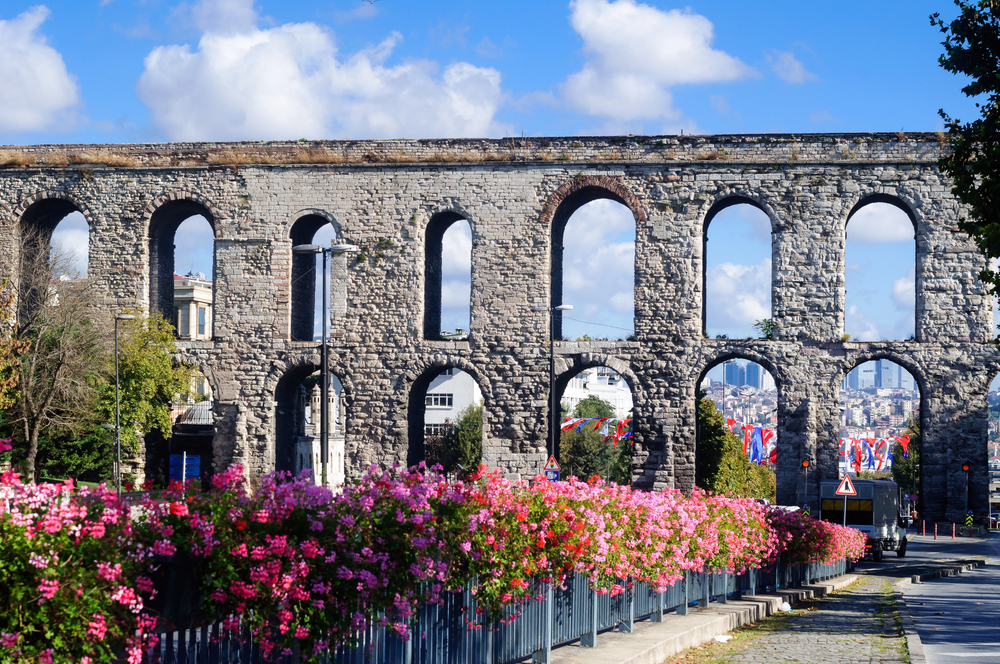
While primarily water infrastructure, this massive Roman-Byzantine structure also served as a connecting wall between hills, completing the city’s defensive perimeter. The dual-level arches spanning the valley between the third and fourth hills integrated water supply and urban defense, demonstrating the multifunctional approach to infrastructure that characterized ancient urban planning.
Walls of Constantine

The earliest defensive circuit of Constantinople lies buried beneath the modern city, with only fragmentary remains visible in basements and archaeological sites. Predating the Theodosian Walls by a century, these 4th-century fortifications established the template for the city’s defensive strategy. However, they were eventually superseded by the larger circuit constructed as the city expanded.
Bukoleon Palace Sea Wall

The Byzantine emperors’ southern palace incorporated impressive seafront fortifications featuring imperial harbor facilities and decorated marble facings. These specialized walls combined defensive necessities with aesthetic considerations appropriate for imperial architecture, demonstrating how fortifications could serve as expressions of power and prestige beyond their military function.
Like Travel Pug’s content? Follow us on MSN.
Theodosian Cistern Walls

Adjacent to the land walls, massive open-air water reservoirs featured substantial containment walls that doubled as secondary defensive structures. These engineering marvels created artificial lakes within the city perimeter that secured vital water supplies during sieges and created additional obstacles for any invading force that breached the main walls.
Walls of the Ecumenical Patriarchate

The compound housing the spiritual center of Eastern Orthodox Christianity contained its protective walls within the city’s larger defensive system. These ecclesiastical fortifications protected the patriarchal complex through centuries of political turbulence, continuing to define the sacred precinct even after the Ottoman conquest transformed the surrounding city.
Chora Monastery Enclosure

This preserved Byzantine religious complex features distinctive walls separating the monastic precinct from the surrounding urban environment. Though modest compared to the city’s main defenses, these walls played a crucial role in defining sacred space and protecting the extraordinary mosaics and frescoes that survive today as testaments to Byzantine spiritual and artistic achievement.
Like Travel Pug’s content? Follow us on MSN.
Beyond Stone and Mortar

Istanbul’s ancient walls tell a story far richer than simple military defense—they chart the evolution of a city that stood at the crossroads of continents, religions, and empires. These stone boundaries defined not just physical space but cultural identity, separating Roman from barbarian, Christian from Muslim, sovereign from the subject, and sacred from the profane.
Today, as modern Istanbul expands far beyond its historical confines, these ancient walls serve as tangible reminders of how civilizations define themselves through the boundaries they establish. For visitors willing to explore beyond the famous monuments, following these weathered stone circuits offers a journey through layers of history where each crumbling merlon and patched breach represents a chapter in the long narrative of human ingenuity, conflict, and coexistence that defines this extraordinary city.
More from Travel Pug

- Cities Growing so Fast You Won’t Recognize Them in 10 Years
- 13 Destinations Where Tourists Regularly Regret Their Trip
- 20 Obscure WWII Sites Even History Buffs Don’t Know About
- 10 Under-the-Radar Mountain Towns That Are Both Affordable and Beautiful
- Remote Villages in Europe Where You Can Live for Free in Exchange for Work
Like Travel Pug’s content? Follow us on MSN.
